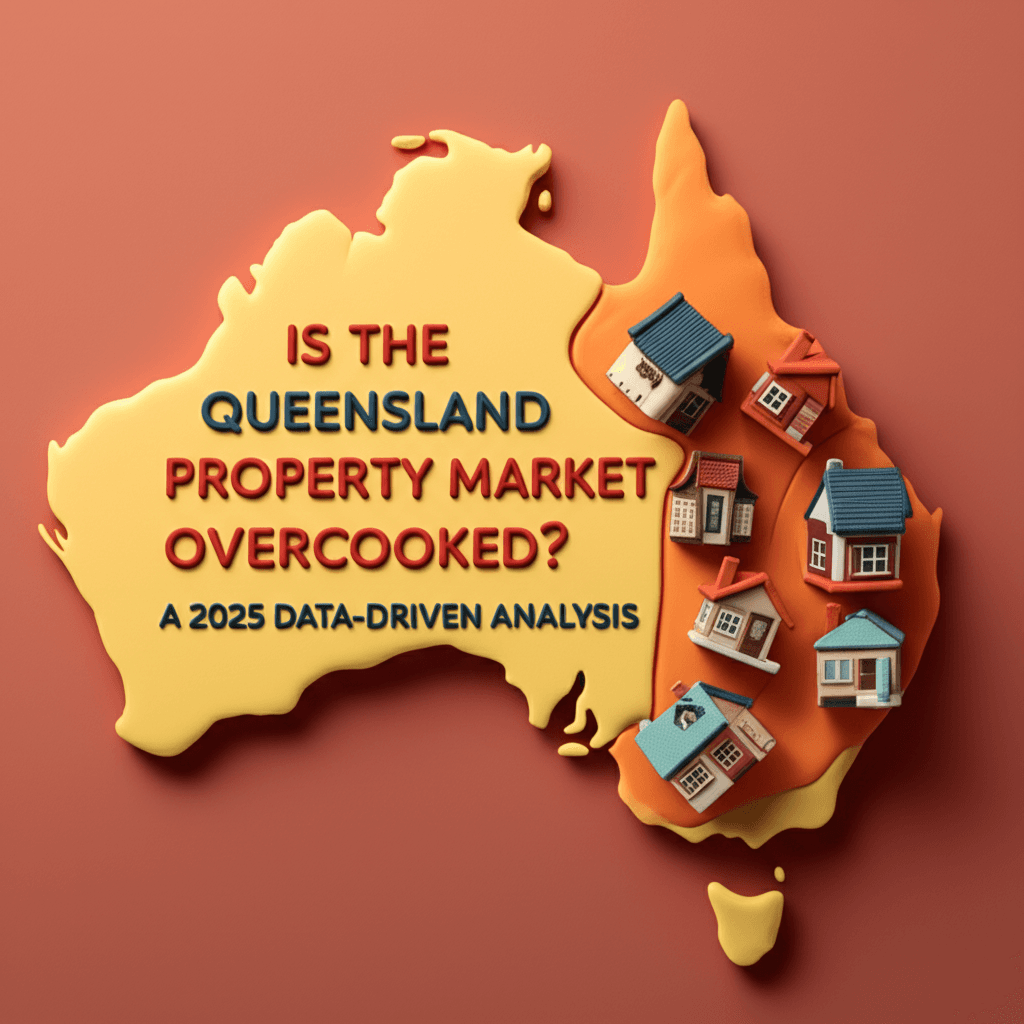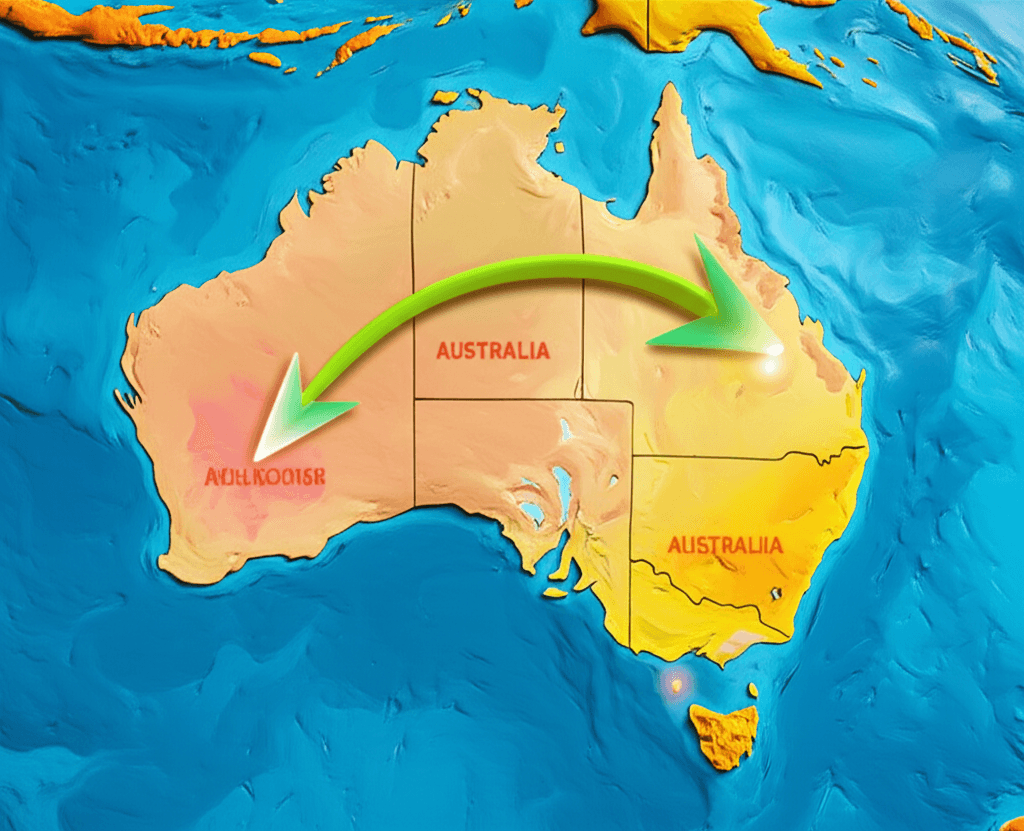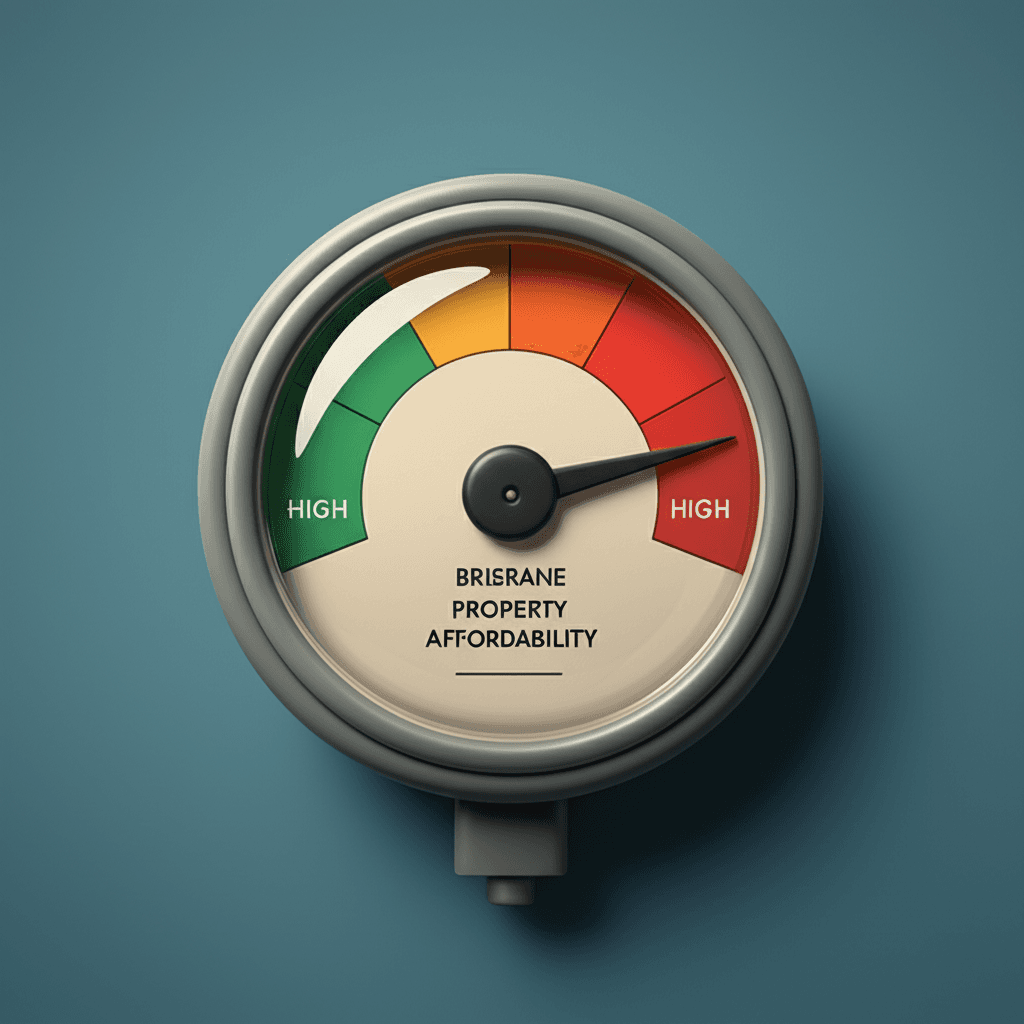Is the Queensland Property Market Overcooked? A 2025 Data-Driven Analysis
An in-depth look at Brisbane, the Gold Coast, and regional markets to determine if the property boom has reached its ceiling.

The Billion-Dollar Question: Has Queensland's Property Boom Peaked?
The Queensland property market has been on a remarkable run, largely fuelled by a post-COVID wave of interstate migration. Affordability pressures in Sydney and Melbourne sent buyers north in droves, transforming Queensland into the nation's property hotspot. But as we move through 2025, a critical question emerges: is the market overcooked? At HouseSeeker, we believe in separating fact from fiction. This analysis dives into the data behind Queensland's key markets—Brisbane, the lifestyle coasts, and the regions—to uncover the truth.
The primary driver has been sheer population growth. The exodus from southern states created unprecedented demand, pushing prices to new heights across the board. However, the dynamics are now shifting, and understanding the nuances of each sub-market is crucial for any potential buyer or investor.

Brisbane: Approaching the Affordability Ceiling
Brisbane has been in a growth cycle since 2014, an impressive 11-year run. Following a period of stagnation from 2008 to 2014, prices surged, accelerating dramatically during the pandemic. This growth was supported by a strong and diverse job market, where no single industry accounts for more than 10% of employment, attracting a wide range of professionals.
However, warning signs are flashing. The market's affordability index—the percentage of an average wage consumed by mortgage repayments—has hit 54%. Historically, Brisbane's market has cooled significantly when this figure approaches 56-58%. While the 2032 Olympics created initial hype, much of that sentiment is already priced in. With interstate migration rates now declining and the market pushing its affordability limits, Brisbane appears balanced but very close to the top of its cycle. For investors seeking substantial growth, the runway is getting shorter, making access to in-depth market data more important than ever.

Lifestyle Hotspots: Gold Coast and Sunshine Coast
The lifestyle markets of the Gold Coast and Sunshine Coast have experienced explosive growth. A pre-COVID median price of around $700,000 on the Gold Coast has skyrocketed to $1.2 million. This surge was driven by the desire for a lifestyle change, funded by buyers from more expensive southern markets.
This market, however, has a history of volatility. The Gold Coast is prone to oversupply, particularly with high-density, off-the-plan apartments. While a construction slowdown created an under-supply post-COVID, a new wave of development is underway. Buying off-the-plan now is risky; a falling population growth rate could mean the property is worth less than the purchase price upon completion in two to three years. The affordability index here is a staggering 70%, and while skewed by high-income external buyers, it highlights a market detached from local fundamentals. Savvy buyers looking for their dream coastal home need tools that can help them find properties based on lifestyle preferences without overpaying on hype.

Regional Queensland: The Investor's Hot Potato
Over the last 24 months, regional Queensland has been the nation's top-performing market. Towns like Toowoomba, Rockhampton, and Townsville have seen prices double in some cases. This growth wasn't primarily driven by local demand but by investment groups and buyer's agents from interstate, who moved from one town to the next as prices rose.
This creates a 'hot potato' scenario. Once outside investors can no longer afford the entry point (typically around $600,000-$650,000), they move on, and the music stops. The local market is often left unable to sustain the inflated prices. Furthermore, these regional economies are heavily reliant on volatile industries like mining and manufacturing. Add in the high costs of insurance due to cyclone and flood risks, and the net returns are far less attractive than the gross yields suggest. A guided buying process is essential to avoid being the one left holding the potato when the market cools.

The Verdict: Overcooked and Cooling
Based on the data, the Queensland property market is overcooked, or at the very least, will be within the next 12 months. The single biggest driver—population growth—is waning. Greater Queensland's population growth has already fallen from 2.7% to 1.3%. As this trend continues, the fundamental support for current price levels weakens.
Conclusion
While some pockets may still see minor growth in 2025, the overarching indicators point towards a market that has reached its peak. Brisbane is constrained by affordability, lifestyle markets face a history of oversupply, and regional towns are vulnerable to a retreat of investor capital. For anyone considering buying in Queensland, a cautious, data-first approach is no longer just advisable—it's essential.
To make informed decisions in a complex market, you need the right tools. Explore HouseSeeker's Real Estate Analytics Hub to access the data and insights that separate a smart investment from a costly mistake.
Frequently Asked Questions
Why is Brisbane's affordability a key concern?
Brisbane's affordability index is at 54%, which is very close to its historical ceiling of 56-58%. In the past, when the cost of servicing a mortgage has reached this level relative to average incomes, the market has entered a period of price stagnation or correction. It indicates that local buyer capacity is nearly maxed out.
What are the main risks of investing in regional Queensland right now?
The primary risks are threefold: dependency on external investor demand which can vanish quickly, economies heavily concentrated in volatile sectors like mining, and significantly higher holding costs due to steep insurance premiums for floods and cyclones, which can erode net returns.
Has the Gold Coast property market always been strong?
No, the Gold Coast market has a history of boom-and-bust cycles. It is notoriously susceptible to oversupply, especially in the high-rise apartment sector. While it has performed exceptionally well post-COVID due to unique migration trends, its past performance shows it can experience long periods of stagnation and price falls when supply outstrips demand.
